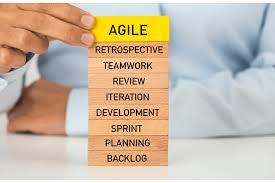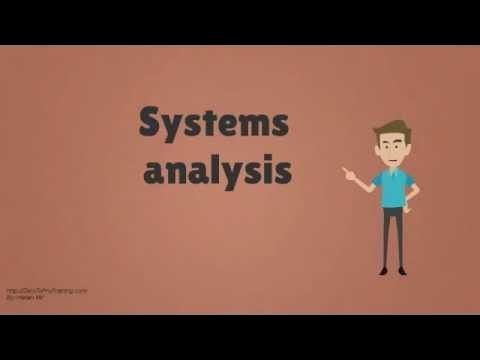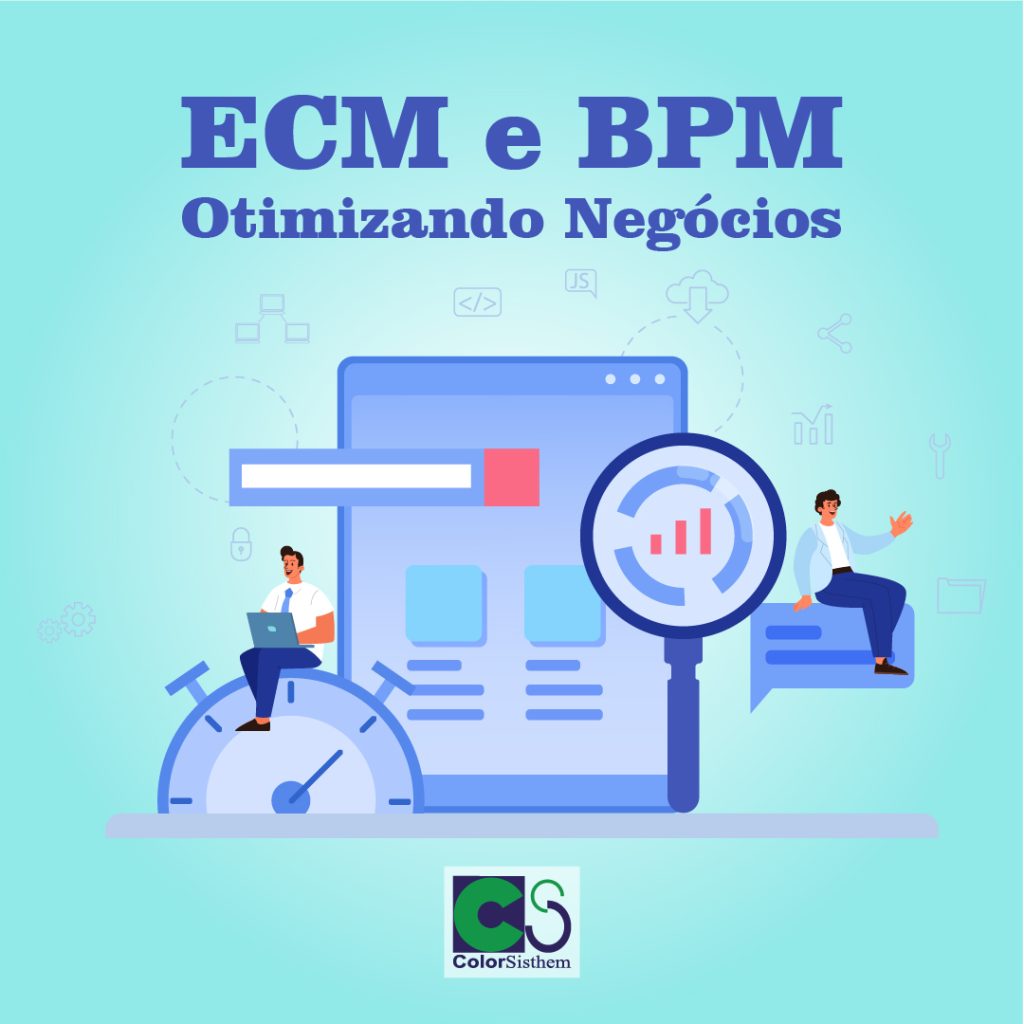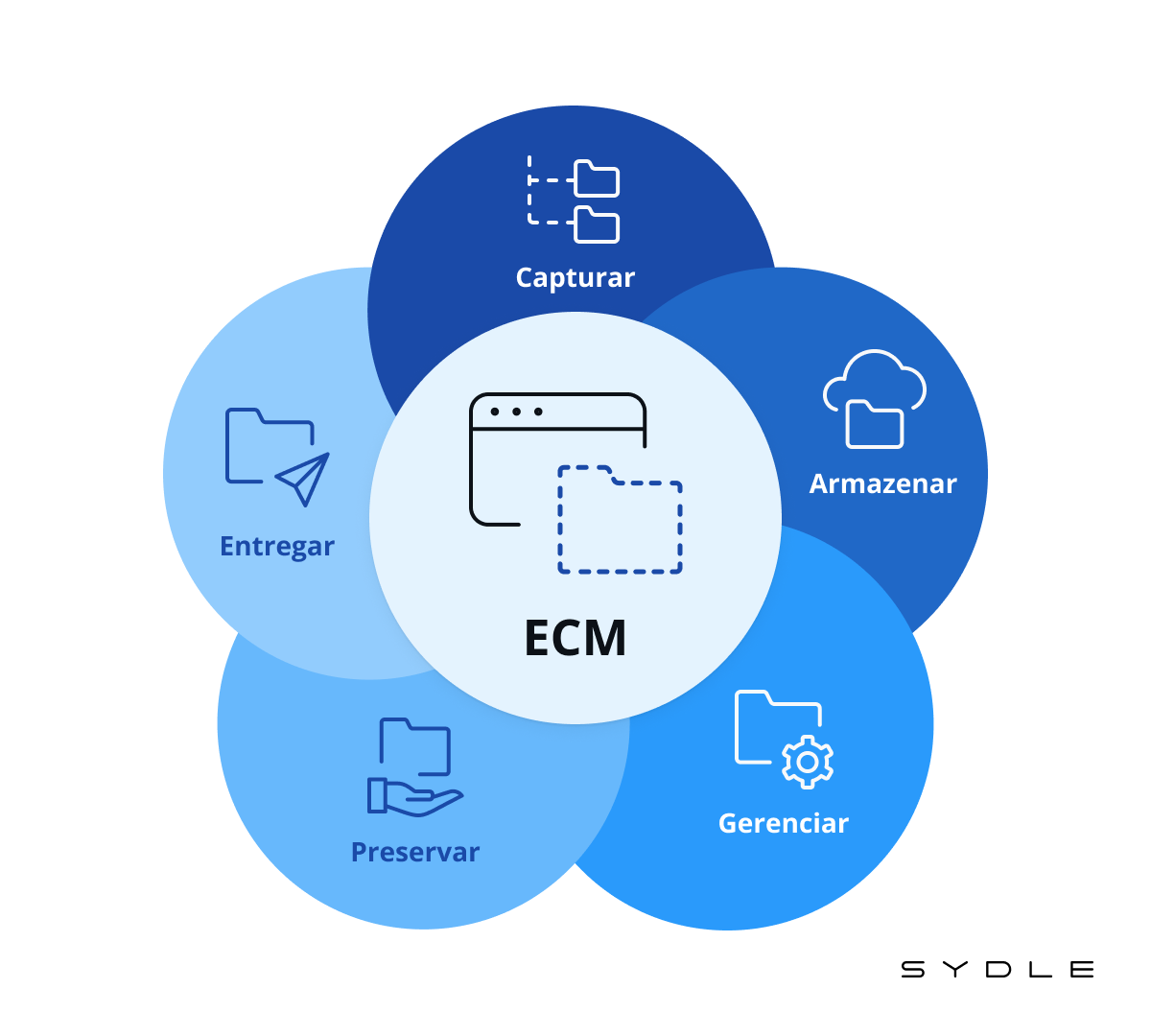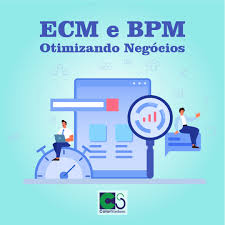11
Sep
Systems analysts should be familiar with various software development methodologies to understand the processes and frameworks used in software development projects. Here are some common software development methodologies that systems analysts should be familiar with: Waterfall: The waterfall methodology follows a sequential approach, where each phase of the software development life cycle (SDLC) is completed before moving to the next. It typically includes requirements gathering, system design, implementation, testing, deployment, and maintenance. This methodology is linear and works well for projects with well-defined requirements and stable environments. Agile: Agile methodologies, such as Scrum and Kanban, emphasize iterative and incremental development.…
